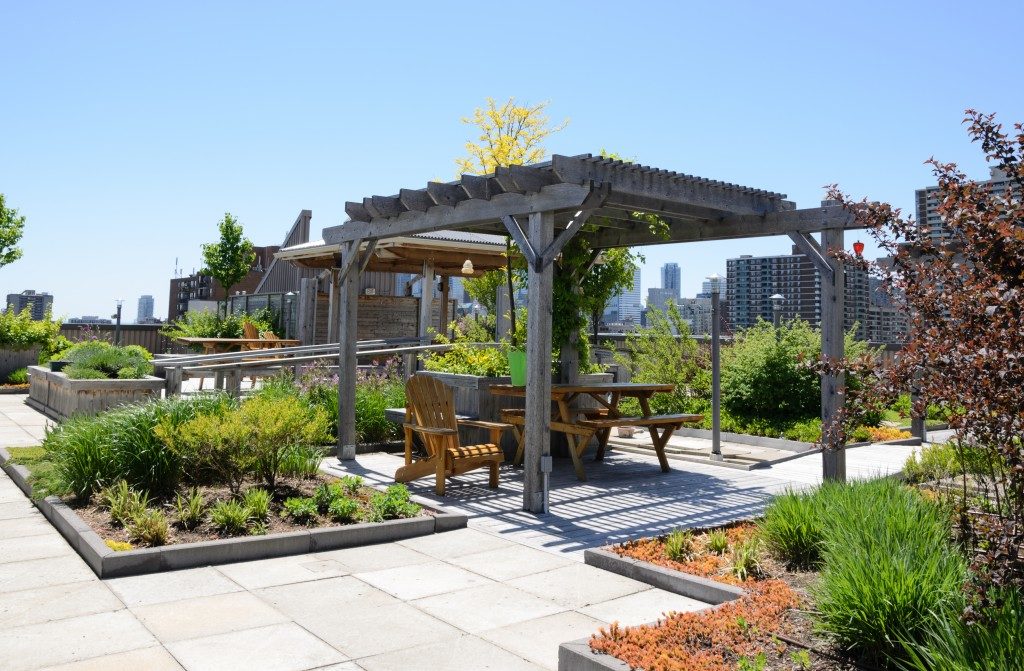Making monthly loan payments is one of the primary responsibilities of owning a home. This only makes it essential to be prepared for the challenges that might come up and cause you to fall behind on your mortgage obligations. These include income/job loss, increased expenses, rising interest rates, and emergencies like natural calamities and medical problems.
It all starts with planning and managing loans, which should begin during the application process. This means learning more about your loan options, the amount of credit that you can afford, as well as the effects of your chosen loan term on your monthly payments. Doing your own homework and getting in touch with a reliable lender can help you make an informed decision.
The truth about smaller loans
When you get a preapproval and find out that you qualify for a larger loan, it is tempting to go with that amount and buy a bigger house. While this move is not necessarily wrong, you should know that the figure indicated in your preapproval letter is the maximum amount that you can qualify for. This might come with higher monthly payments that would harder to keep up with.
It is best to get a loan amount below that maximum figure to lower your monthly housing costs. Mortgage lenders in Arizona note that this will help you cope with sudden financial changes and avoid associated problems like foreclosure and being house poor.
The deal with rising interest rates
There are two main types of interest rates in home loans: fixed rates and adjustable rates. The former has an interest rate that will never change, while the latter can increase or decrease depending on the market trends. Adjustable-rate mortgages (ARM) seem like a risky loan, but there are cases where choosing them makes sense.
ARMs have a lower introductory rate than 30-year fixed rate loans. The prices will then fluctuate after that period (they might go up and down). If you’re thinking of choosing this loan, be sure to know the pros and cons and find out how variable rates can affect your budget.
The role of your down payment

The down payment is one of the biggest hurdles of many homebuyers. Fortunately, you can now get a loan even with little to no down payment. Just take note that paying below 20% comes with private mortgage insurance (PMI). This protects the lender in case you default on the loan, and you can get rid of it once you hit the 20% mark.
It is ideal to pay 20% to avoid the PMI, but if this seems too big, aim for a lower down payment. Just avoid paying too little (like to 3%) as this can also mean higher rates and monthly loan payments, as well as longer PMI payments. Aim for at least 10% to 15%, but make sure that it won’t drain your savings.
The excitement of buying a home can sometimes take you over and cause you to make mortgage mistakes unconsciously. It is best to make an effort in learning more about your loan options and how this can affect your monthly payments. You can also talk to a reliable lender to help you choose the right mortgage.



